Artificial intelligence has been creeping into the film industry for years, but in 2025, it is no longer just a backstage tool. It is a front-row player, reshaping how stories are written, how visual effects are created, and even how films are marketed. What used to take months of planning and entire teams can now be completed in days with help from AI. That is not science fiction anymore. Script assistants powered by AI can suggest dialogue tweaks. Animation tools can bring creatures to life with just a few prompts. Some actors are even licensing their likenesses so AI can replicate their appearance for scenes they never actually filmed. While this might sound like a shortcut, it is more like a shift in how creative teams work. Directors still call the shots, but they are now doing so with a faster, smarter toolbox. It is not about replacing artists. It is about redefining what is possible on screen, and how quickly it can happen.
Smarter Scriptwriting and Faster Edits
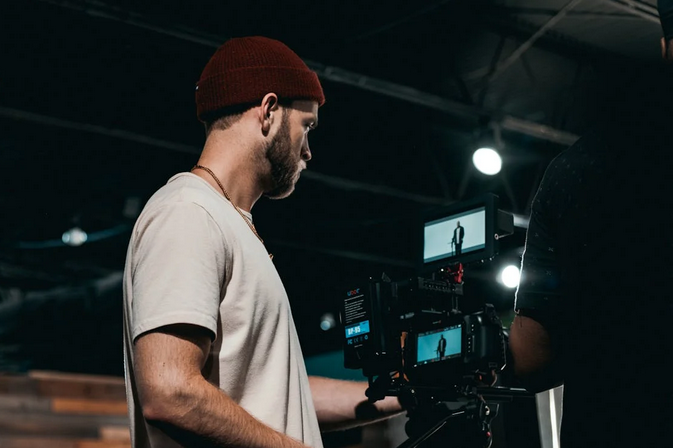
Writing a screenplay is still an art, but AI has become a powerful co-writer for many professionals. Tools now exist that can analyze story arcs, predict audience reactions, and suggest ways to tighten pacing or improve character dialogue. It does not mean filmmakers are handing scripts over to robots. Instead, they are using AI like a smart assistant who never sleeps. It can help flesh out secondary characters, track emotional beats, and even flag plot holes early in development. In the editing room, AI software can now scan hours of footage and identify the best takes based on facial expressions, audio clarity, and scene continuity. That used to take editors days or weeks. Now, the rough cut can be assembled in a fraction of that time, giving directors more breathing room to focus on storytelling rather than sifting through raw clips.
Visual Effects Are Cheaper and More Impressive
Whether it is aging an actor by 30 years, generating realistic landscapes, or even creating entire background crowds, AI can handle it all with stunning precision. Smaller studios benefit the most. They can now compete visually with major blockbusters without draining their budget. Some indie films in 2025 look as sharp and polished as anything released by the big players, thanks to AI-enhanced post-production. This technology is also changing how scenes are shot. Directors can use AI-generated previsualizations to plan action sequences, adjust lighting, or test out different visual styles before shooting a single frame. It is giving filmmakers more freedom, not less, and turning bold ideas into real scenes faster than ever before. The result? More ambitious movies, even from underdog creators.
AI is not taking the soul out of movies. It is just giving creators new ways to tell their stories. Whether it is a script being fine-tuned by an algorithm or a sunset rendered entirely by code, the magic still comes from the people behind the scenes. AI is just helping them get there quicker and with fewer roadblocks. In a world where attention spans are short and budgets are tighter than ever, having a tool that can speed up production and amplify the exciting parts is a game-changer. For better or worse, AI is now part of the movie-making team. And judging by what we are already seeing in theaters, it is earning its credit.…

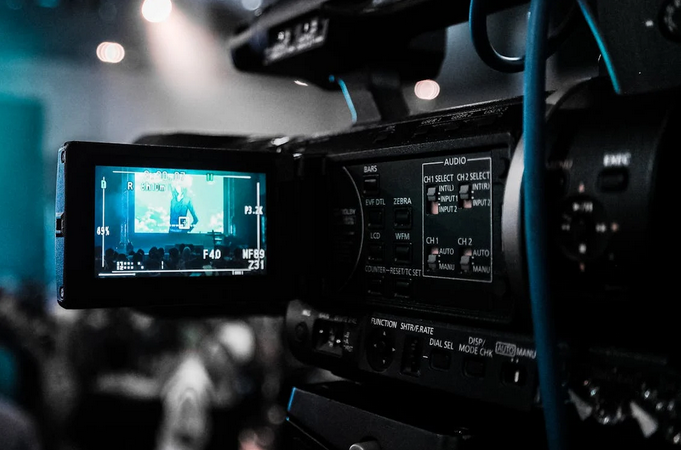
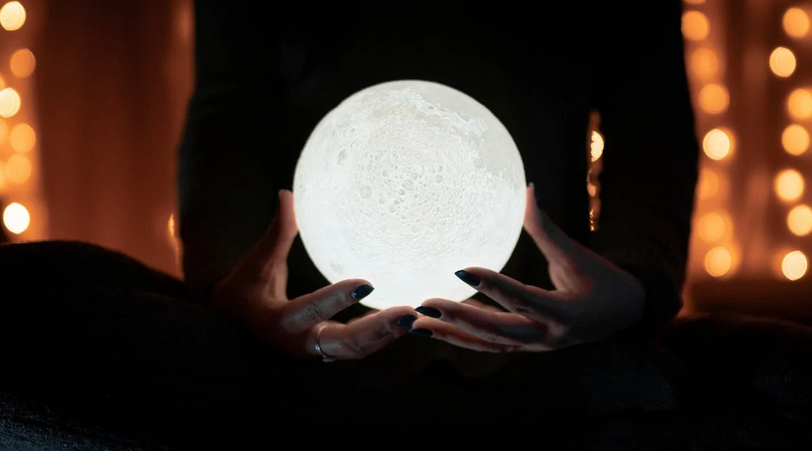

 “The Others” is a haunting and atmospheric film that will keep you on the edge of your seat. Set in a remote mansion during World War II, it tells the story of Grace Stewart (played brilliantly by Nicole Kidman) and her two young children who suffer from a rare sensitivity to light. As they await the return of their father from war, strange occurrences begin to unfold within the house.
“The Others” is a haunting and atmospheric film that will keep you on the edge of your seat. Set in a remote mansion during World War II, it tells the story of Grace Stewart (played brilliantly by Nicole Kidman) and her two young children who suffer from a rare sensitivity to light. As they await the return of their father from war, strange occurrences begin to unfold within the house.

 Security is an essential part of online testing, as it ensures that only those who have permission to take a particular test are able to do so. Technology provides a variety of security measures designed to protect both the integrity of the test and the privacy of those taking it. It is important to use a secure platform that has advanced features such as encryption and authentication to protect the test from unauthorized access.
Security is an essential part of online testing, as it ensures that only those who have permission to take a particular test are able to do so. Technology provides a variety of security measures designed to protect both the integrity of the test and the privacy of those taking it. It is important to use a secure platform that has advanced features such as encryption and authentication to protect the test from unauthorized access.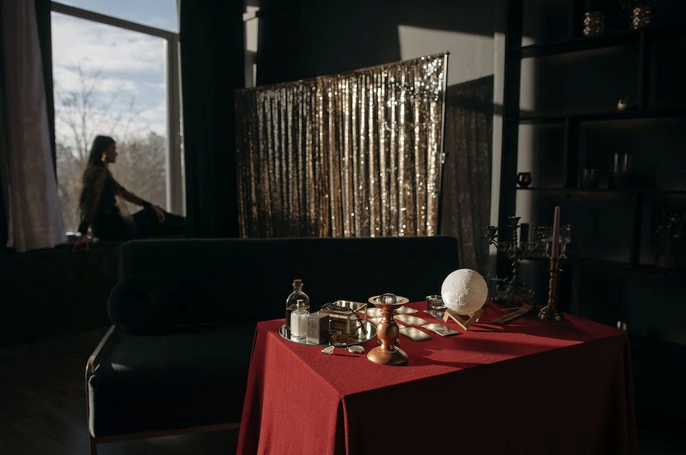
 Have you ever been in a situation where you knew what someone would say before they said it? This is called clairaudience, one of the most common signs that you’re psychic. Clairaudience is one of the most common signs that someone is psychic because it’s easy to mistake for regular old intuition. Clairaudience is when you receive messages from the other side through thoughts or voices. If you’ve ever had this happen, it’s a sign that you should explore your psychic abilities further.
Have you ever been in a situation where you knew what someone would say before they said it? This is called clairaudience, one of the most common signs that you’re psychic. Clairaudience is one of the most common signs that someone is psychic because it’s easy to mistake for regular old intuition. Clairaudience is when you receive messages from the other side through thoughts or voices. If you’ve ever had this happen, it’s a sign that you should explore your psychic abilities further.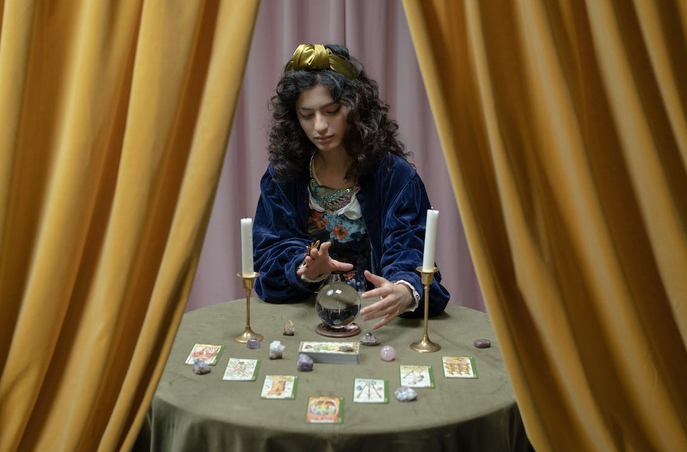 Did you know that some people see colors when they hear certain words? This is called synesthesia, a sign that you could be psychic. Synesthesia is when you experience two senses at the same time. For example, you may see colors when you hear certain words. If you have ever experienced this, it’s a sign that you should explore your psychic abilities further. Not only that, but synesthesia is also a sign that you may be able to see into the future.
Did you know that some people see colors when they hear certain words? This is called synesthesia, a sign that you could be psychic. Synesthesia is when you experience two senses at the same time. For example, you may see colors when you hear certain words. If you have ever experienced this, it’s a sign that you should explore your psychic abilities further. Not only that, but synesthesia is also a sign that you may be able to see into the future.
 The first step to impressing your date is to make sure you look your best. It doesn’t mean you have to break out your finest suit or wear something super flashy, but you should take the time to groom yourself well and pick an outfit that makes you feel confident. After all, if you don’t feel good about yourself, it will be hard to make a good impression on someone else.
The first step to impressing your date is to make sure you look your best. It doesn’t mean you have to break out your finest suit or wear something super flashy, but you should take the time to groom yourself well and pick an outfit that makes you feel confident. After all, if you don’t feel good about yourself, it will be hard to make a good impression on someone else. Finally, try to ask open-ended questions. It will show that you’re interested in getting to know her better and give you a chance to find out more about her. Avoid yes or no questions, as they lead to boring conversations. Instead, opt for questions that will get her talking and give you a better sense of who she is. So there you have it, gentlemen.
Finally, try to ask open-ended questions. It will show that you’re interested in getting to know her better and give you a chance to find out more about her. Avoid yes or no questions, as they lead to boring conversations. Instead, opt for questions that will get her talking and give you a better sense of who she is. So there you have it, gentlemen.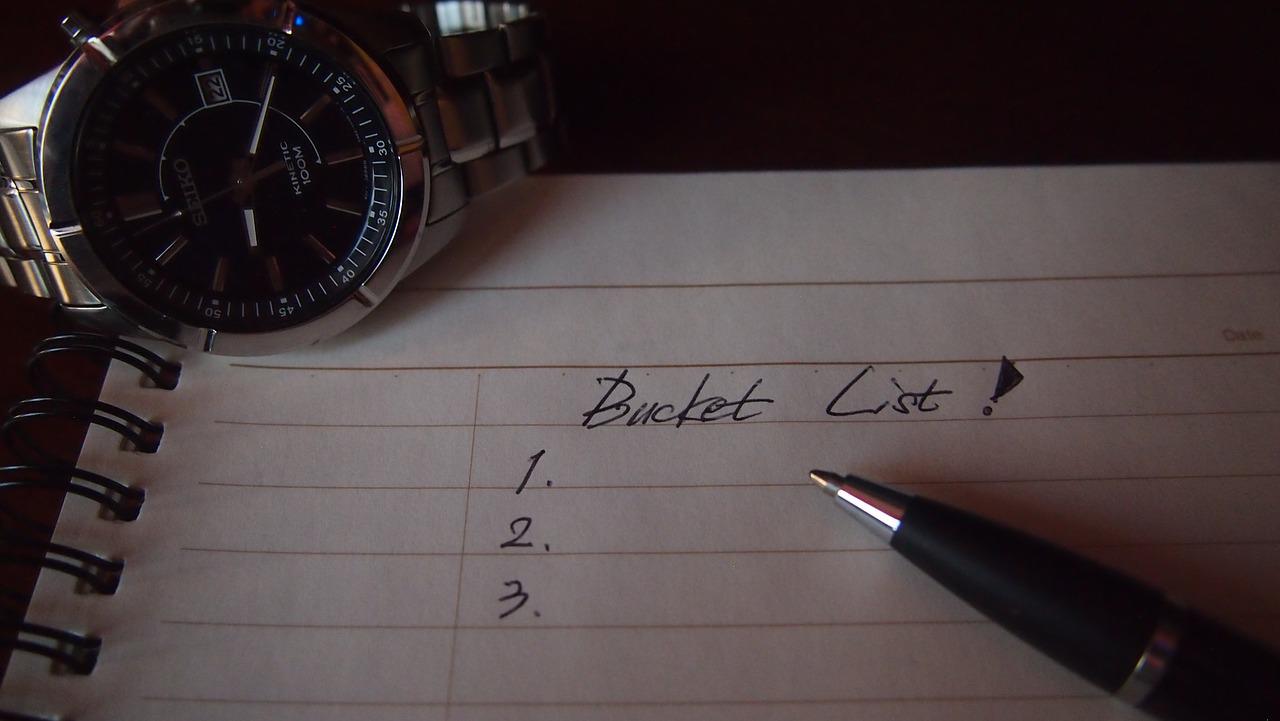
 A lot of people are skeptics when it comes to psychic readings, but there is no harm in trying it out for yourself. If you’ve ever been curious about what the future holds for you, then getting a psychic reading is a must. If you do not have a budget, there are free psychic readings online. A psychic reading can be a fun and interesting experience, so it’s definitely something you should add to your bucket list.
A lot of people are skeptics when it comes to psychic readings, but there is no harm in trying it out for yourself. If you’ve ever been curious about what the future holds for you, then getting a psychic reading is a must. If you do not have a budget, there are free psychic readings online. A psychic reading can be a fun and interesting experience, so it’s definitely something you should add to your bucket list. Scuba diving is one of those things that everyone should try at least once. It’s an incredible experience to be able to see the underwater world, and it’s something you’ll never forget. You get to see so many different types of fish and other sea creatures, and it’s just an all-around great experience. If you’re not a good swimmer, don’t worry. There are scuba diving lessons that can help you feel more comfortable in the water. However, if you are scared of the water, then this might not be the activity for you.
Scuba diving is one of those things that everyone should try at least once. It’s an incredible experience to be able to see the underwater world, and it’s something you’ll never forget. You get to see so many different types of fish and other sea creatures, and it’s just an all-around great experience. If you’re not a good swimmer, don’t worry. There are scuba diving lessons that can help you feel more comfortable in the water. However, if you are scared of the water, then this might not be the activity for you.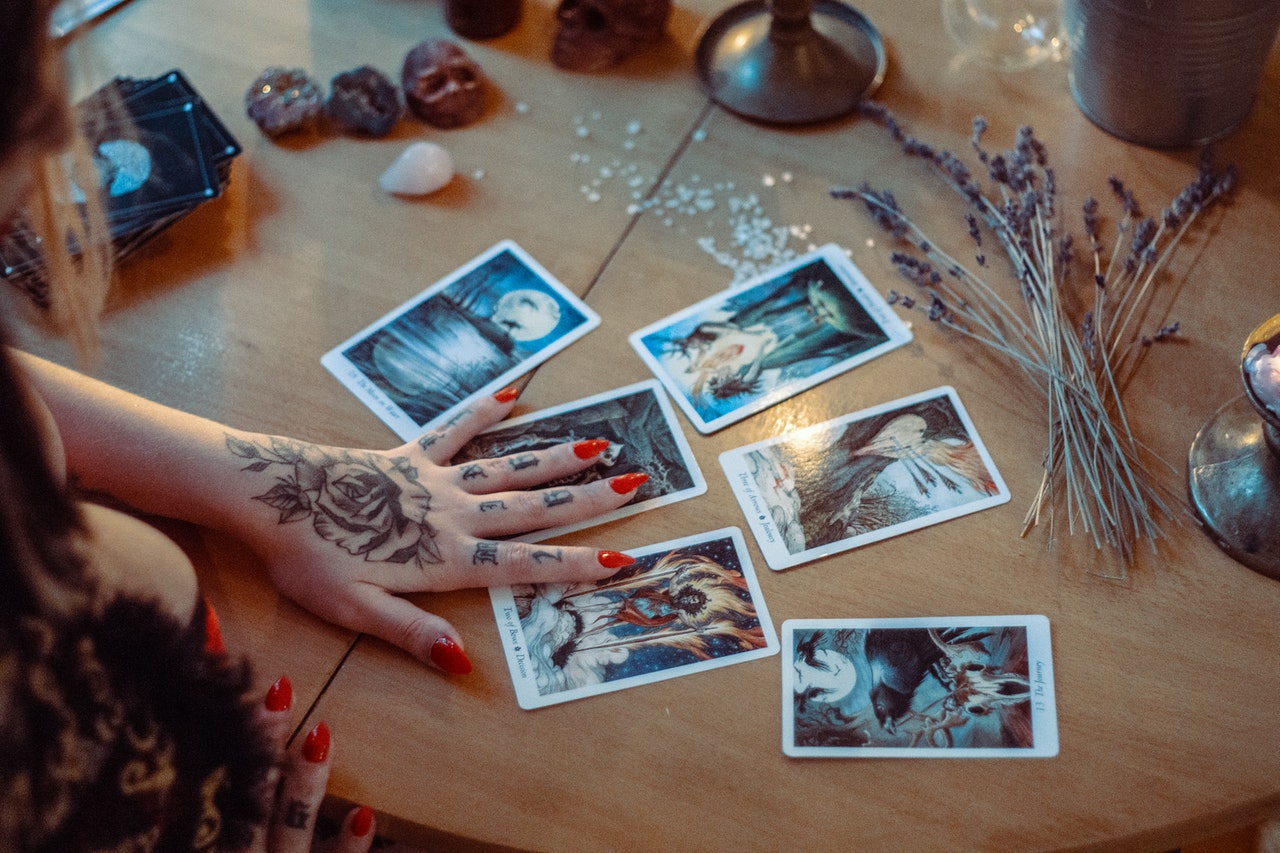
 Psychics have been employed to locate lost humans and animals for over a century. If other methods fail to identify the missing person, some authorities will turn to psychic readings as a final resort. The more precise information they can supply in reading about where you might discover the individual, the better law enforcement authorities are to narrow down their search and find the person swiftly. When there was no other evidence, like a body or additional hints about what had happened in a specific location, you can utilize it to solve crimes. A psychic reading may reveal information that can assist law enforcement officers in uncovering clues they might not have otherwise discovered, allowing them to solve the case.
Psychics have been employed to locate lost humans and animals for over a century. If other methods fail to identify the missing person, some authorities will turn to psychic readings as a final resort. The more precise information they can supply in reading about where you might discover the individual, the better law enforcement authorities are to narrow down their search and find the person swiftly. When there was no other evidence, like a body or additional hints about what had happened in a specific location, you can utilize it to solve crimes. A psychic reading may reveal information that can assist law enforcement officers in uncovering clues they might not have otherwise discovered, allowing them to solve the case.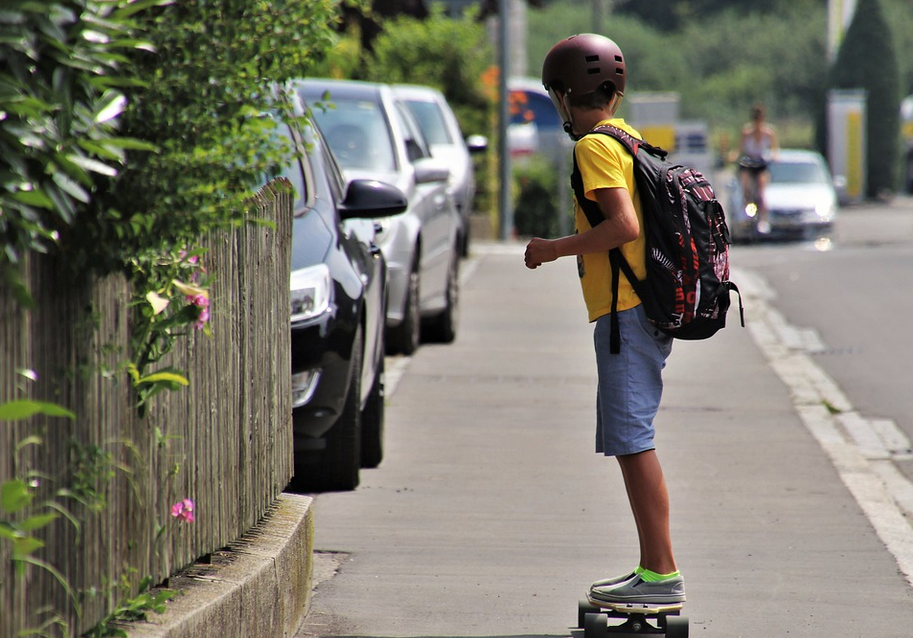
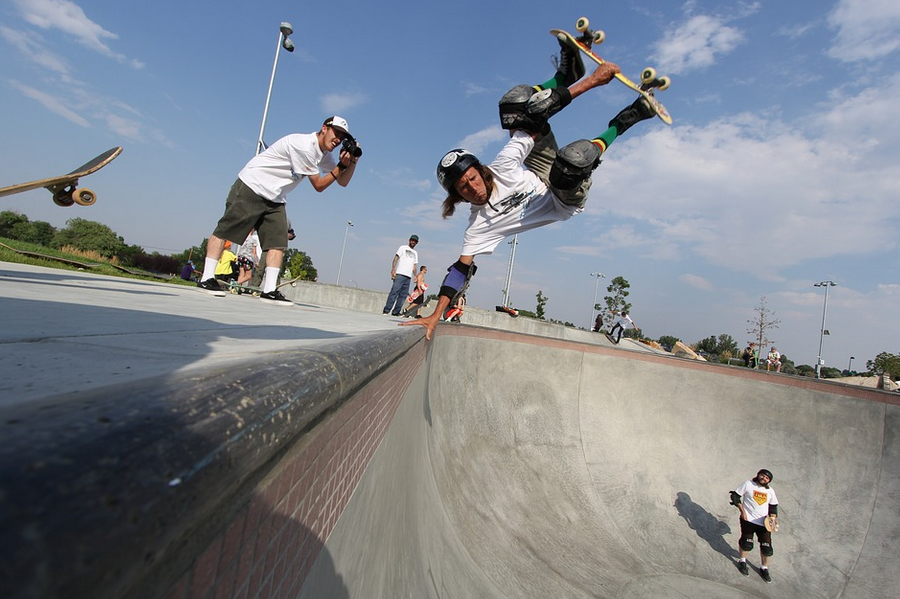 There are a few things to consider when deciding on an electric skateboard that will fit your needs. The first is what do you plan to use the board for? If it’s just for fun, then any choice would be fine.
There are a few things to consider when deciding on an electric skateboard that will fit your needs. The first is what do you plan to use the board for? If it’s just for fun, then any choice would be fine.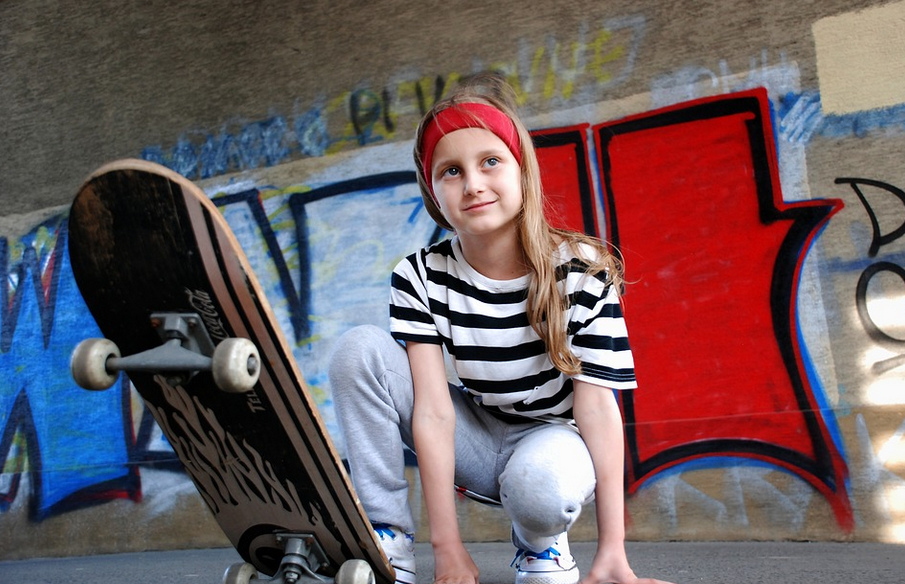 Besides movement, electric skating boards offer entertainment options. Some boards include Bluetooth speakers, which can connect to your music player or smartphone through a wireless connection.
Besides movement, electric skating boards offer entertainment options. Some boards include Bluetooth speakers, which can connect to your music player or smartphone through a wireless connection.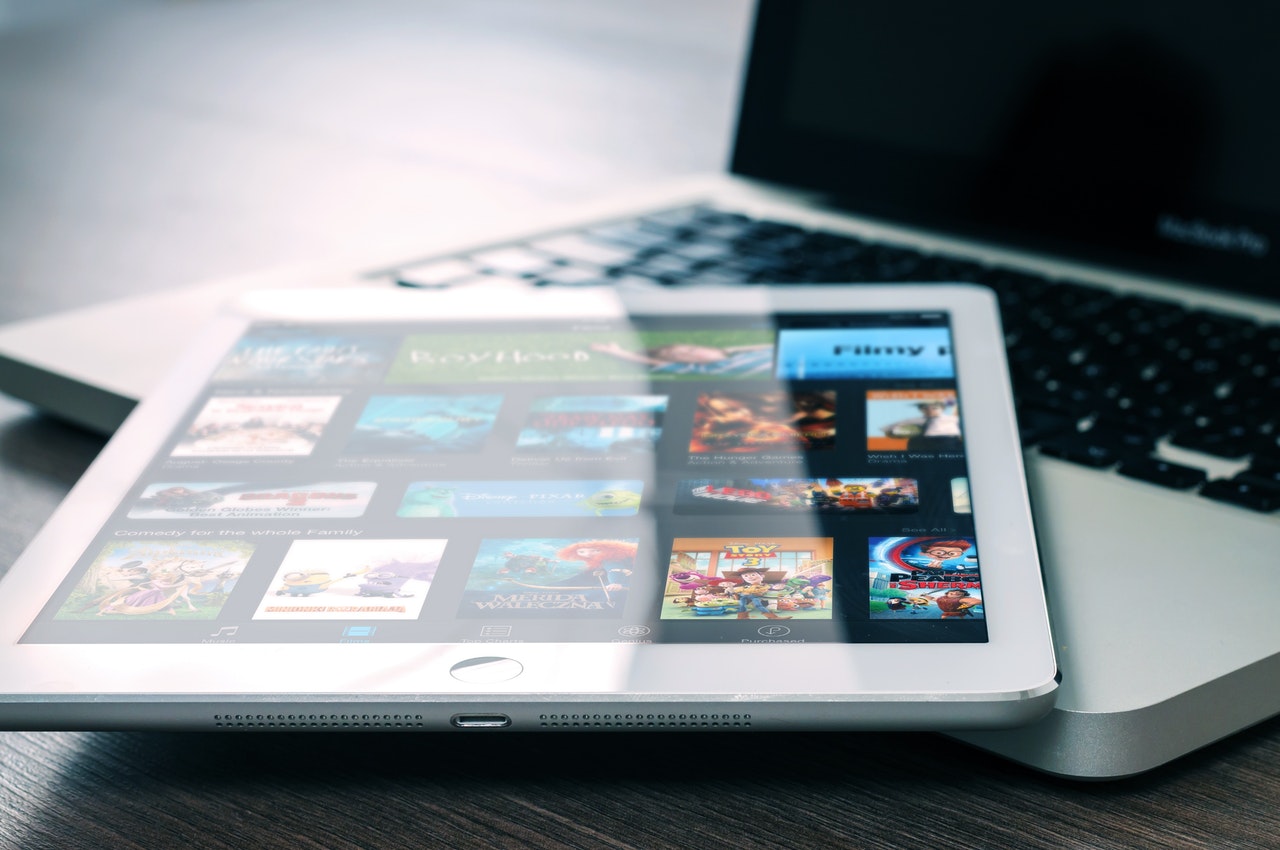
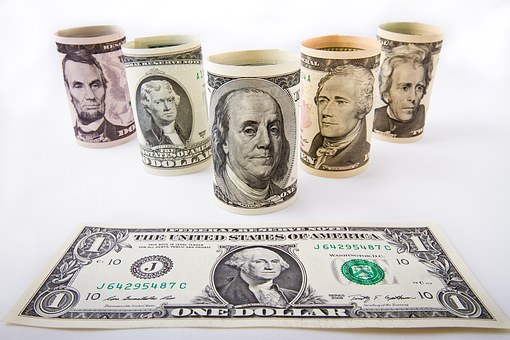 Traditionally, when we subscribe to a channel, we pay for a flat rate. Whether you watch only one program or two from that channel, you pay a fixed price. If you have three shows that you like in three different channels, you have to pay the price of the three channels. It may not sound fair but that was the truth.
Traditionally, when we subscribe to a channel, we pay for a flat rate. Whether you watch only one program or two from that channel, you pay a fixed price. If you have three shows that you like in three different channels, you have to pay the price of the three channels. It may not sound fair but that was the truth.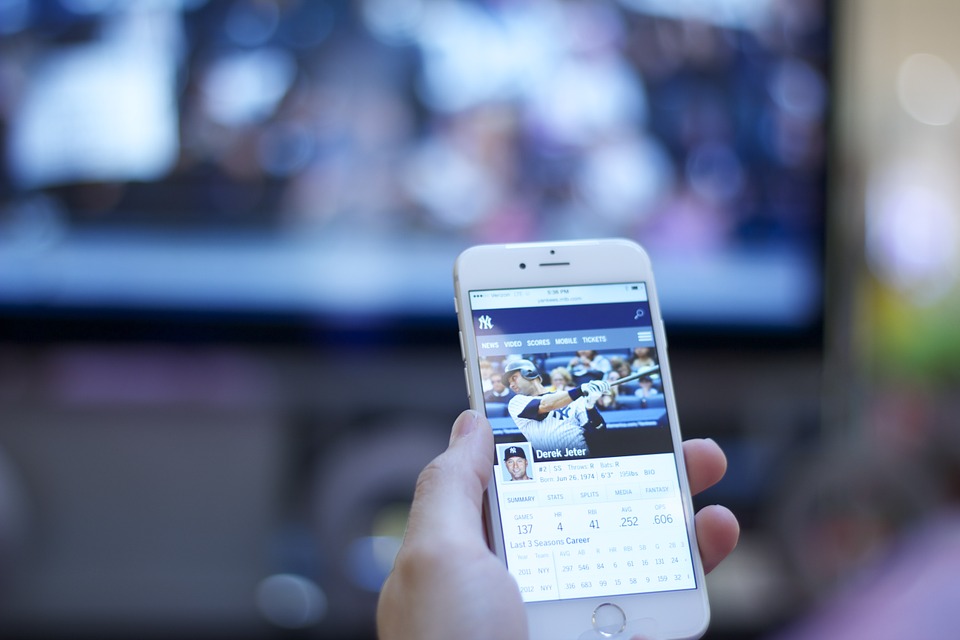 Today, there is no need to rush home and argue with the one holding the remote control to change channel to your favorite show. Nowadays, you can sit right there in your car or anywhere else and stream programs. You can also live stream events that are currently unfolding from sport events to field reports. Indeed, with the right channel package with Kanavapaketti.fi, entertainment is truly at its best.…
Today, there is no need to rush home and argue with the one holding the remote control to change channel to your favorite show. Nowadays, you can sit right there in your car or anywhere else and stream programs. You can also live stream events that are currently unfolding from sport events to field reports. Indeed, with the right channel package with Kanavapaketti.fi, entertainment is truly at its best.…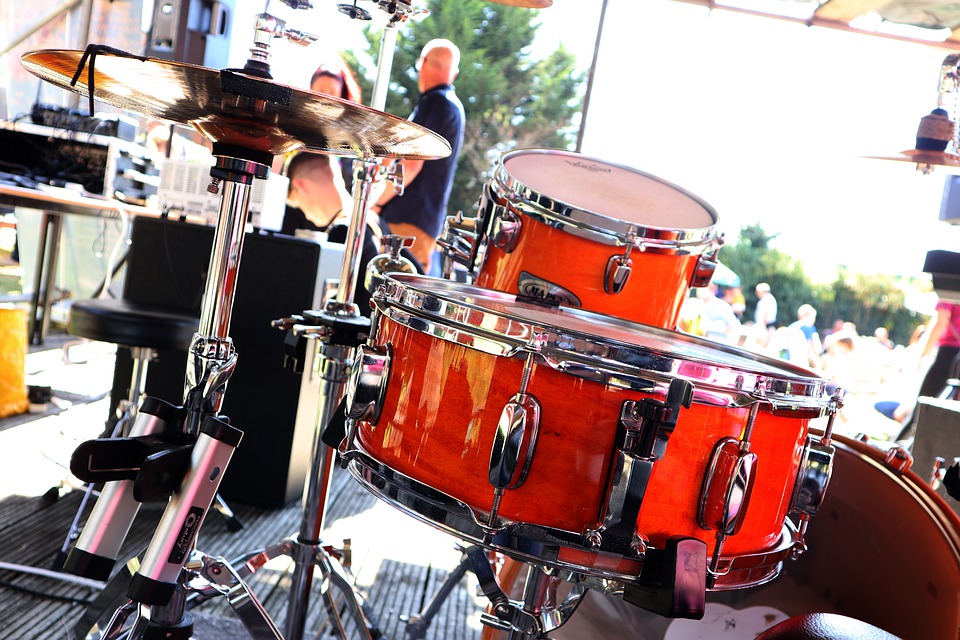
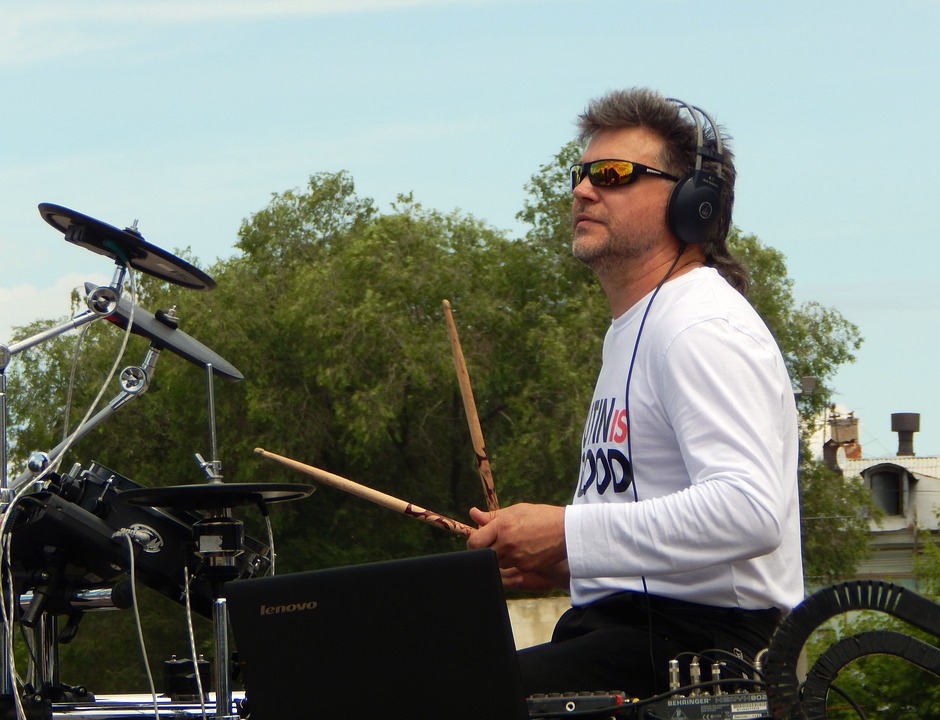
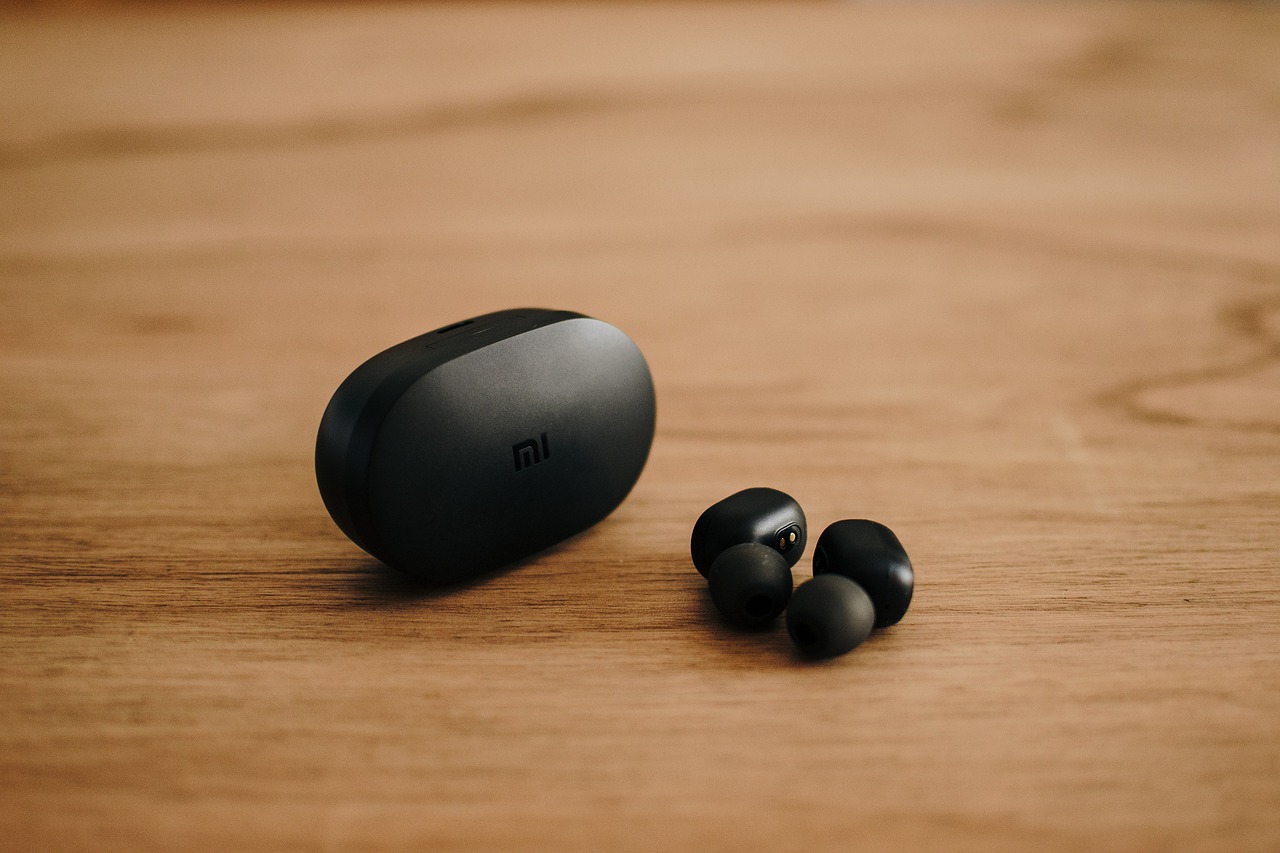
 Also, the person you want to text bomb should have a playful relationship with you. You should avoid text bombing someone who is too sensitive or can get angry easily. Find someone you can joke with and who might not get annoyed easily. Ideally, the person should find it fun and forgive you quickly. You should avoid using text bombing to bully another person. It is easy to trace messages back to you, and this can result in serious consequences.
Also, the person you want to text bomb should have a playful relationship with you. You should avoid text bombing someone who is too sensitive or can get angry easily. Find someone you can joke with and who might not get annoyed easily. Ideally, the person should find it fun and forgive you quickly. You should avoid using text bombing to bully another person. It is easy to trace messages back to you, and this can result in serious consequences. If you are interested in sending a meaningful message and not gibberish to your friend, you should break your message word by word. You should not worry about spelling – you need to type and get the message as quickly as possible. For instance, you can try to send the lyrics of an entire song. If you want to send the message repeatedly, copy and paste it into the text box rather than typing it out.
If you are interested in sending a meaningful message and not gibberish to your friend, you should break your message word by word. You should not worry about spelling – you need to type and get the message as quickly as possible. For instance, you can try to send the lyrics of an entire song. If you want to send the message repeatedly, copy and paste it into the text box rather than typing it out.
 You will only know of the latest gaming possibilities when you widen the scope of your search. They are always being launched into the market for everyone who needs to have a taste of the same. What’s more, you will be treated to many more exciting game features that you never knew about.
You will only know of the latest gaming possibilities when you widen the scope of your search. They are always being launched into the market for everyone who needs to have a taste of the same. What’s more, you will be treated to many more exciting game features that you never knew about.
 It is no secret that entertainment is an integral part of our lives. Life will be very boring without entertainment. There are a plethora of forms of entertainment available nowadays. It could not be denied though that a magic performance is one of the most exciting forms of entertainment. People who watch magicians perform often get surprised by the performer’s tricks. They try to figure out what did the magician do to come up with such tricks.
It is no secret that entertainment is an integral part of our lives. Life will be very boring without entertainment. There are a plethora of forms of entertainment available nowadays. It could not be denied though that a magic performance is one of the most exciting forms of entertainment. People who watch magicians perform often get surprised by the performer’s tricks. They try to figure out what did the magician do to come up with such tricks.
 Generally, websites offering online movies won’t cost you a penny. They are free of charge. So you may watch or download all of your favorites and share them with your friends. You can go to 123 movies for more exciting options that are unlimited and free.
Generally, websites offering online movies won’t cost you a penny. They are free of charge. So you may watch or download all of your favorites and share them with your friends. You can go to 123 movies for more exciting options that are unlimited and free.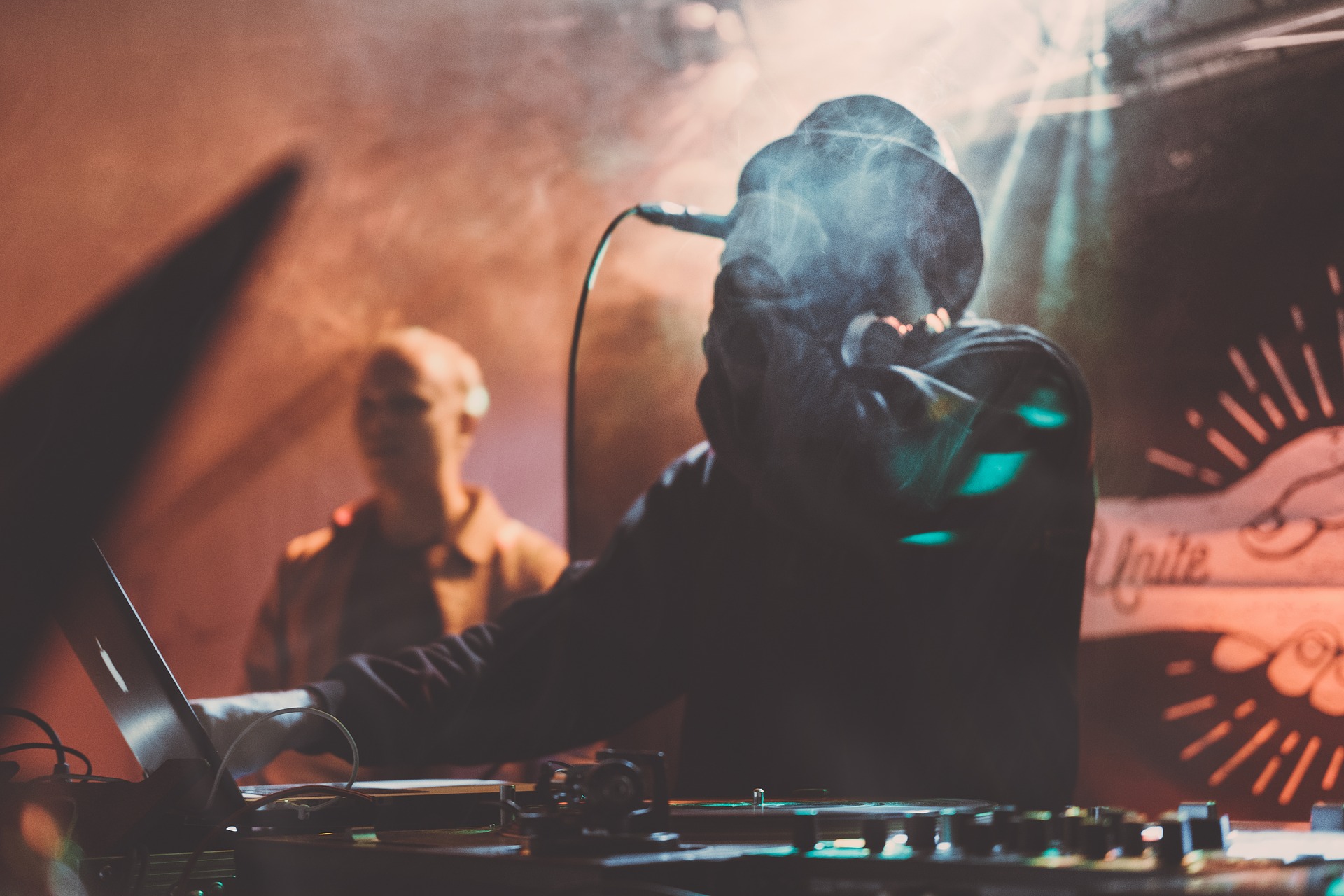
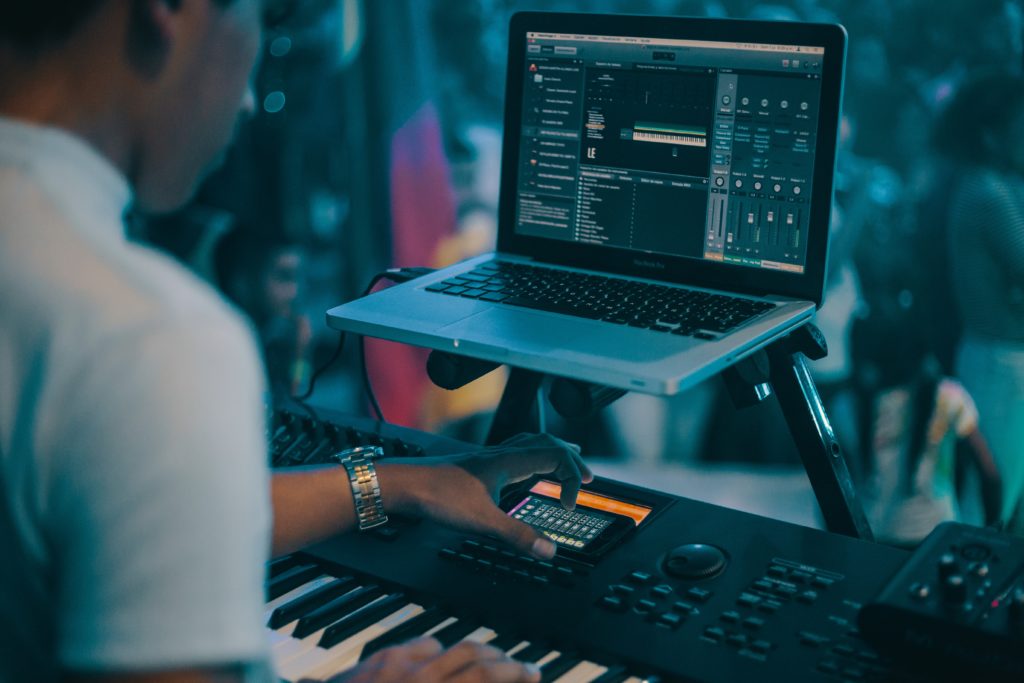
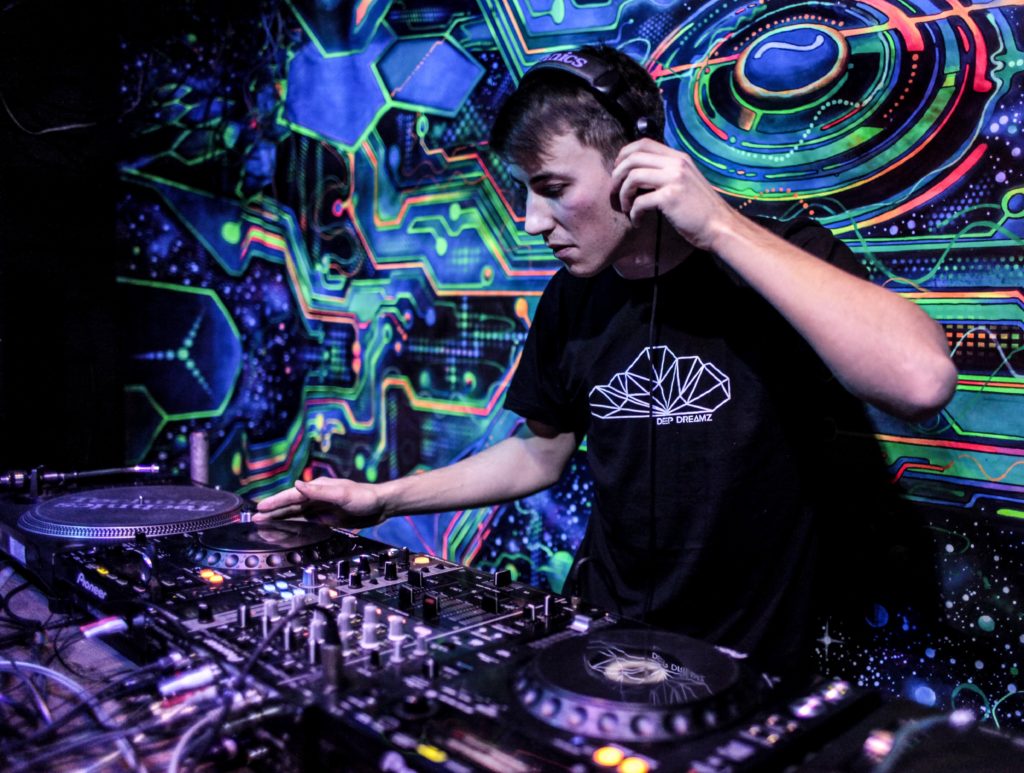

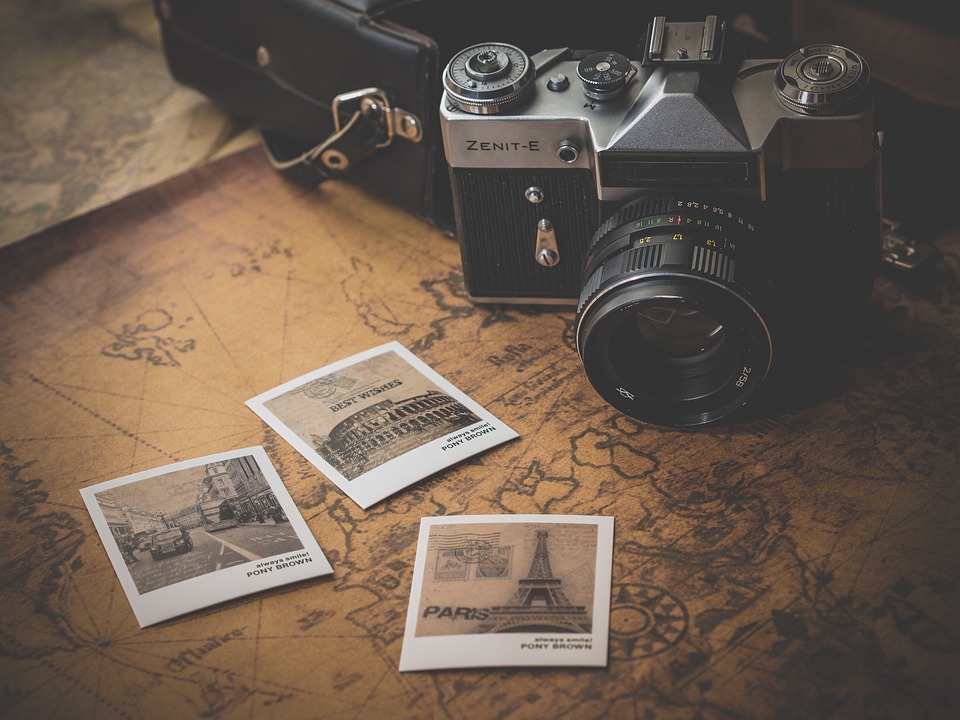
 You will not find time such as sunrise to get a compelling, fascinating and lovely travel photo. Notably, during the morning, you can get perfect photos since most of the people are still asleep before dawn. So you will be amazed by sunrise photos.
You will not find time such as sunrise to get a compelling, fascinating and lovely travel photo. Notably, during the morning, you can get perfect photos since most of the people are still asleep before dawn. So you will be amazed by sunrise photos. You shouldn’t underestimate the importance of expressing or capturing some humor while taking travel pictures. Because travel is all about how you thought and felt while traveling, but not all about the places you went, and all the images that capture a little humor always bring great sensations and memories as time passes.
You shouldn’t underestimate the importance of expressing or capturing some humor while taking travel pictures. Because travel is all about how you thought and felt while traveling, but not all about the places you went, and all the images that capture a little humor always bring great sensations and memories as time passes.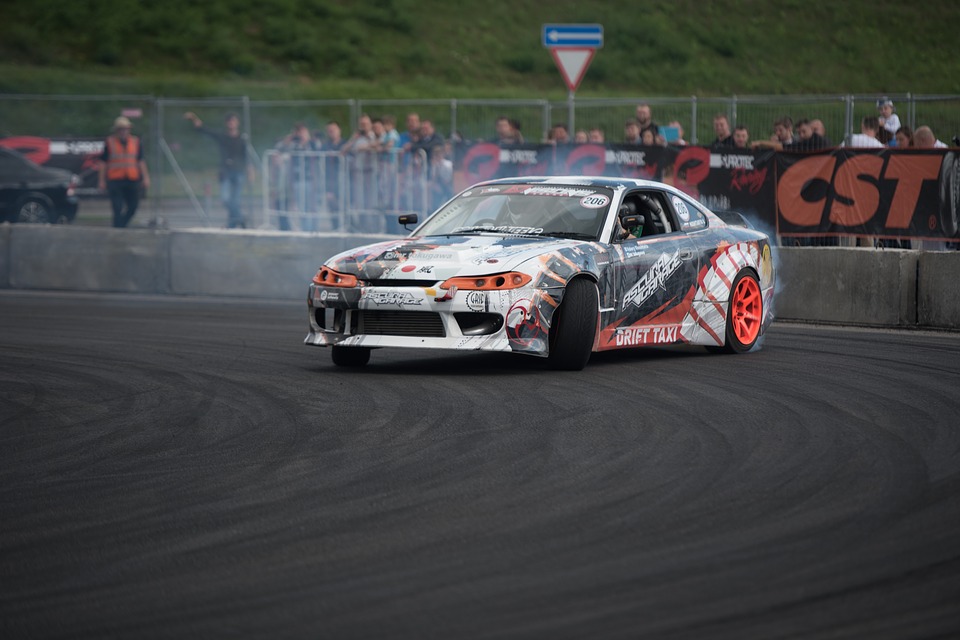
 You should see an establishment as a way of investing that can be successful in the long term but not in the short term way. However, the bankroll recently seems to develop slowly, it may gradually change, since the company for each company may get comfortably increased.
You should see an establishment as a way of investing that can be successful in the long term but not in the short term way. However, the bankroll recently seems to develop slowly, it may gradually change, since the company for each company may get comfortably increased.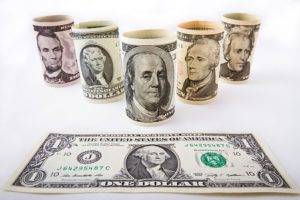 It’s a big issue to manage bankroll for those who need to gain a long-term success in this area. For you to avoid bankruptcy, you have to limit the maximum bet per bet up to two percent of your entire total account balance. If you apply this limited plan and start betting on bets with value, you have the chance to increase your income for future use.
It’s a big issue to manage bankroll for those who need to gain a long-term success in this area. For you to avoid bankruptcy, you have to limit the maximum bet per bet up to two percent of your entire total account balance. If you apply this limited plan and start betting on bets with value, you have the chance to increase your income for future use.